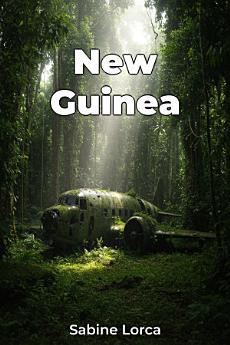New Guinea
About this ebook
The book begins by laying the historical and cultural groundwork, examining the origins and evolution of New Guinea's diverse tribal groups and their adaptability. It then meticulously details the arrival and impact of European colonial powers, focusing on their administrative policies and the resistance movements that emerged.
Transitioning to World War II, the book examines the strategic battles fought on New Guinea's rugged terrain and the devastating impact on the indigenous population. This approach highlights the island's often overlooked significance in geopolitical strategy.
Concluding with an assessment of New Guinea's post-colonial development, the book adopts a multidisciplinary approach by integrating historical analysis with anthropological, political, and environmental perspectives. By weaving together historical accounts, anthropological insights, and military analyses, the book constructs a holistic view of this complex region. It challenges conventional narratives and offers a nuanced account of New Guinea's history.







